Styrofoam?!
Sustainability comes at too high a cost in the dining hall
October 31, 2022
When you walk out of the dining hall at the end of lunch, you might notice the four trash cans are already overflowing with single-use dinnerware, specifically plates and bowls made of styrofoam, a notoriously non-eco friendly plastic that sheds polluting microplastics and is almost impossible to recycle.. This might bother you, or perhaps you feel guilty, but ultimately, there’s not much you can do about it.
Earlier this year Sage Dining Services, St. Mary’s lunch provider, swapped for the second time since the beginning of the pandemic from the biodegradable plates listed in their “commitment to sustainability” statement online to styrofoam.
Like Sage, St. Mary’s has pledged itself to “long term sustainability.” What’s holding us back?
This sacrifice of sustainability came partially in the name of budgeting. Sage operates on a fixed budget that is determined by the administration. Director of Operations Sarah Jenks has found that supply chain issues and inflation have caused raised prices and forced compromises in certain areas.
“We have seen a significant increase in food cost … [and] huge increases in inflation,” Jenks said. “We did not pass that cost along to [students and parents], so … we are making other determinations of things we might sacrifice.”
Sage was able to continue using compostable napkins, silverware, and cups. However, Sage’s Food Service Director Chef Stav Goehl says that the usual compostable bamboo plates have become both hard to find and too expensive.
Goehl explained that not only is it difficult to find enough bamboo plates to last through lunch, but they are significantly more expensive than the styrofoam plates.
“The cost management of [the plates] is just astronomical,” Goehl said.
In the Lower School, Sage avoids this issue by having students use reusable bento boxes, but the Upper School dining hall isn’t built to support that system.
The Dining Hall opened in January 2020 as part of the newly built Athletic and Wellness Facility. During its design process, the administration decided that the cons of reusable dinnerware outweighed the benefits. As a result, the Upper School cafeteria does not have the structure necessary to support reusability.
Jenks explained that the decision was motivated by a variety of factors, including the problem of student mobility during lunch.
“Student[s] at a higher level…have autonomy and [can] go places to eat lunch [other than the dining hall],” she said. “So can you imagine … the cost involved of having to go and search around for that plate, that cup, that everything else.”
Jenks recalls the administration also being concerned about the potential financial burden.
“The added cost of what it would have been in a cafeteria to add two more employees just for dishwashing, extra drying, more utility bills… We looked at all those things,” she said.
Additionally, the administration had concerns about the actual environmental benefits of reusability.
“Look at the chemicals that it takes to sterilize and wash [the dinnerware]… and the amount of water that it takes, and heating that water,” Jenks said.
Despite these concerns, most experts agree that reusables are usually preferable over single-use dinnerware. The process of creating, disposing of and transporting single-use materials has to be repeated for each use, building up waste, releasing greenhouse gasses and using up natural resources. For reusable items, continued use over a longer lifetime helps to balance out the environmental cost.
All of these concerns, from student autonomy to saving money, raise questions about where priorities should lie.
To Environmental Club President Naisha Gaur (12), these questions are of utmost importance.
“If we continue to live as we are living, the [global] warming will be too great for natural earth systems to counterbalance,” Gaur said. “So we have to change … if we want to stay on this planet.”
Gaur emphasized that our future and our children’s futures depend on everything we do now.
“We’re the generation that will get to see the impacts of what the previous generation has done to our planet,” Gaur said. “So we really have to care.”




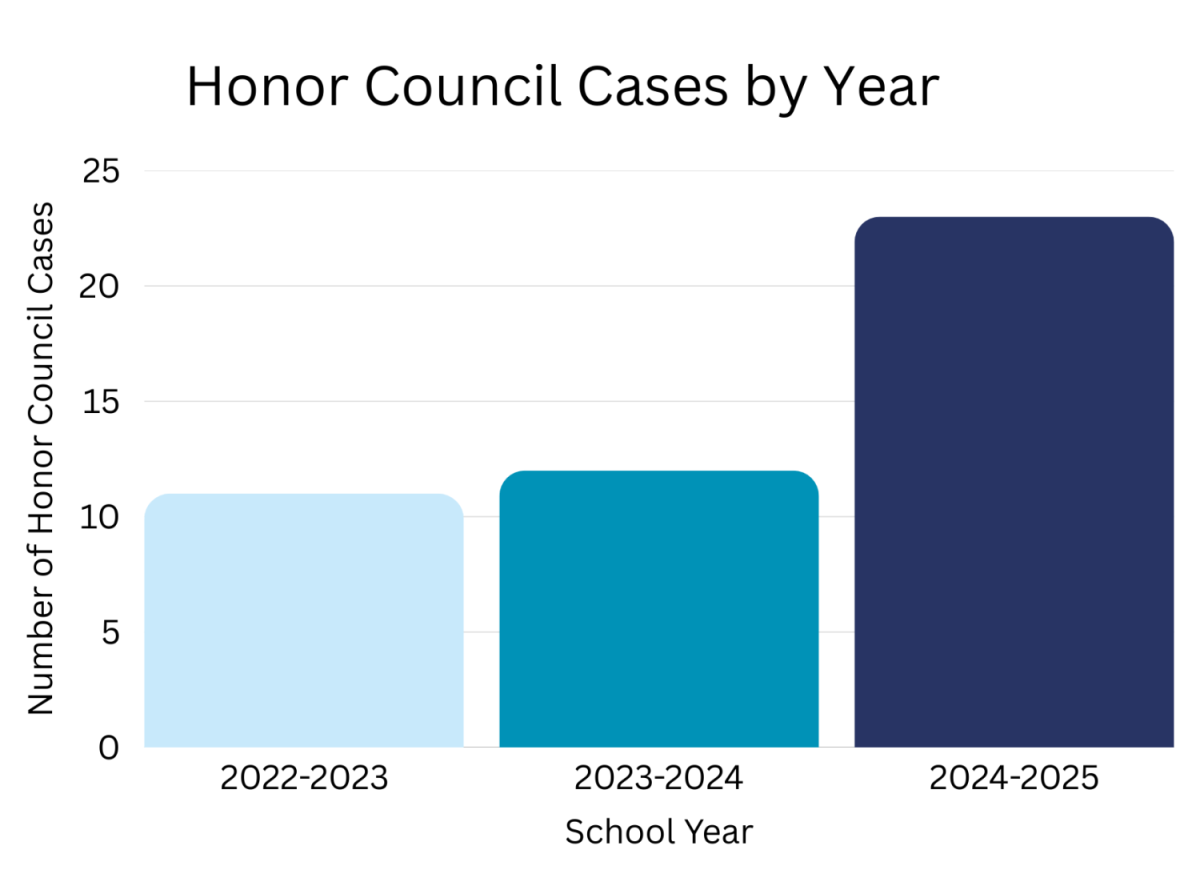
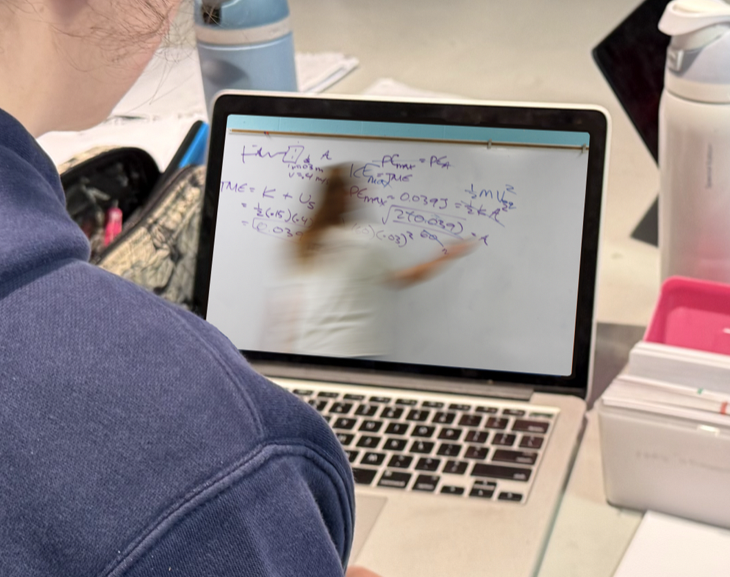
















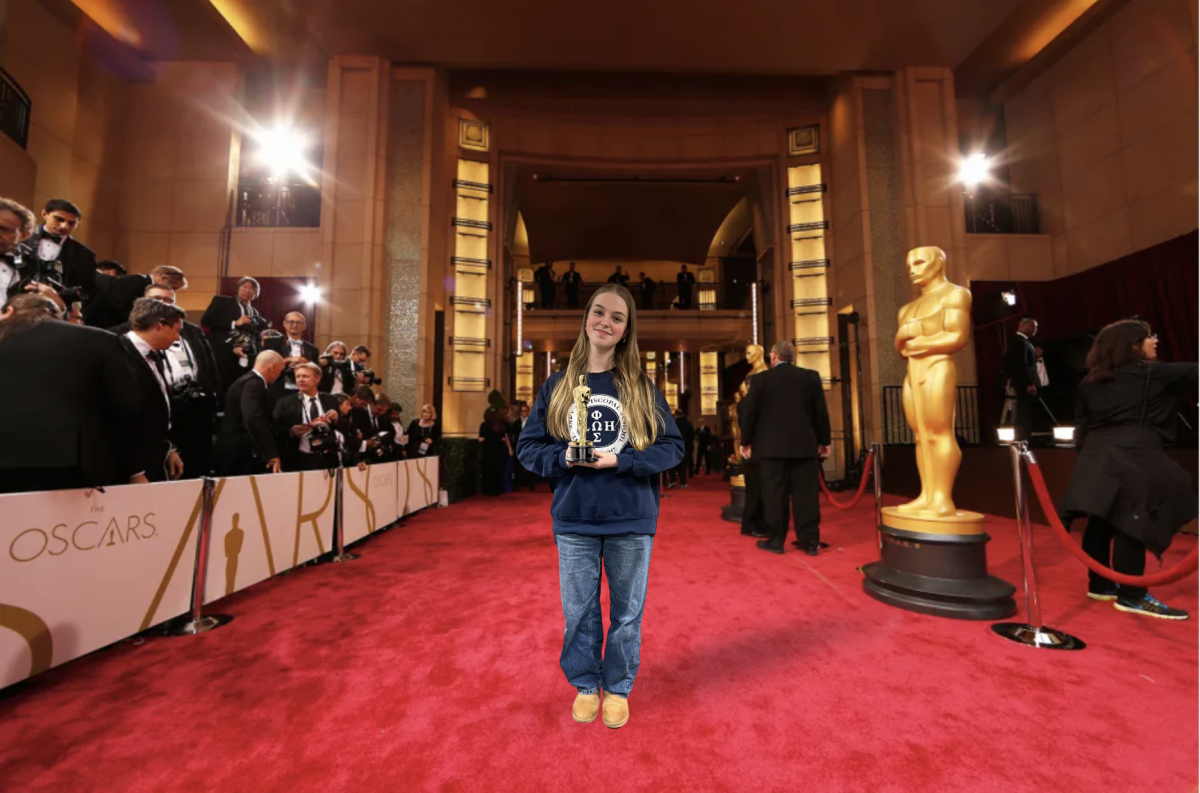
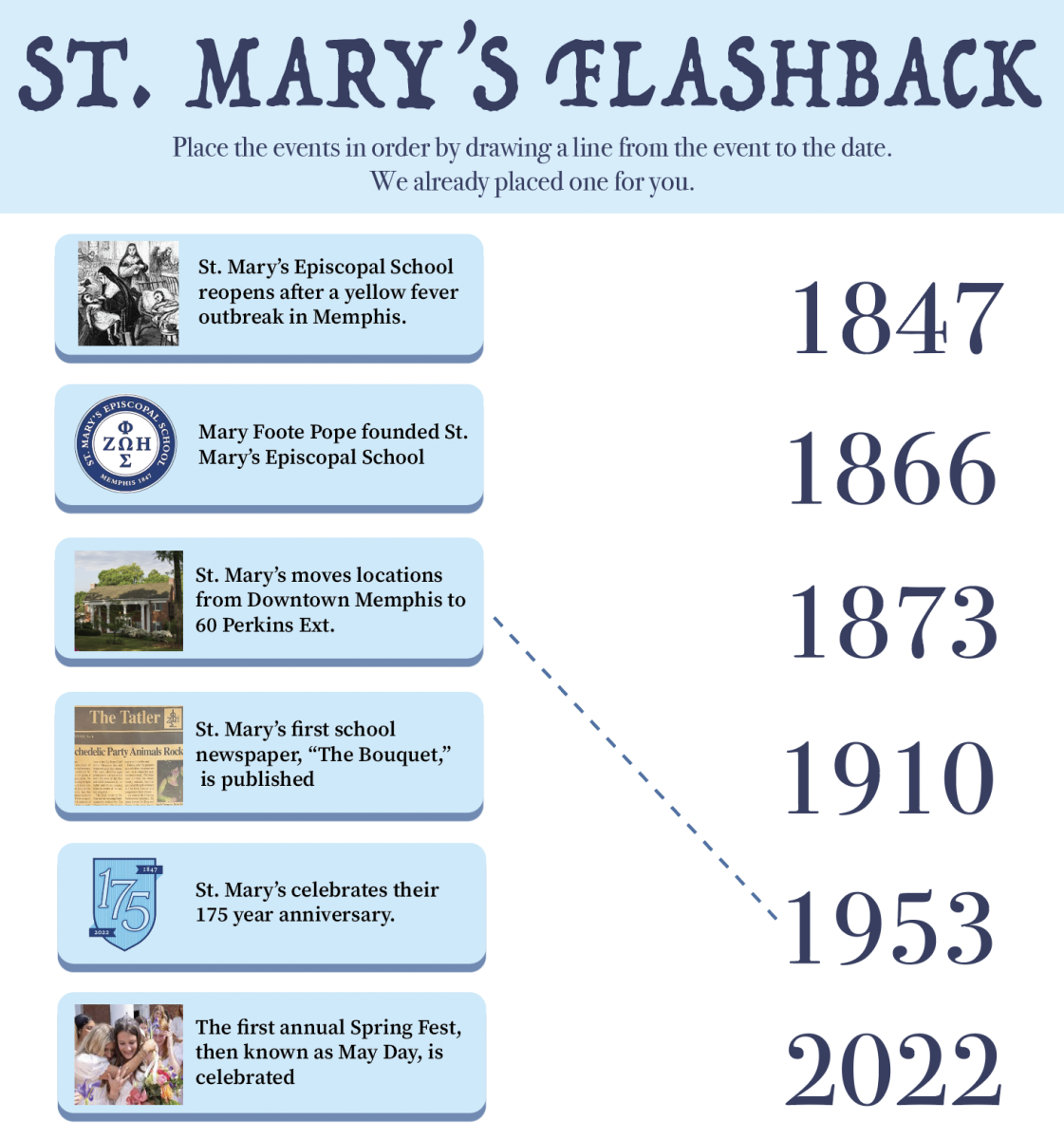



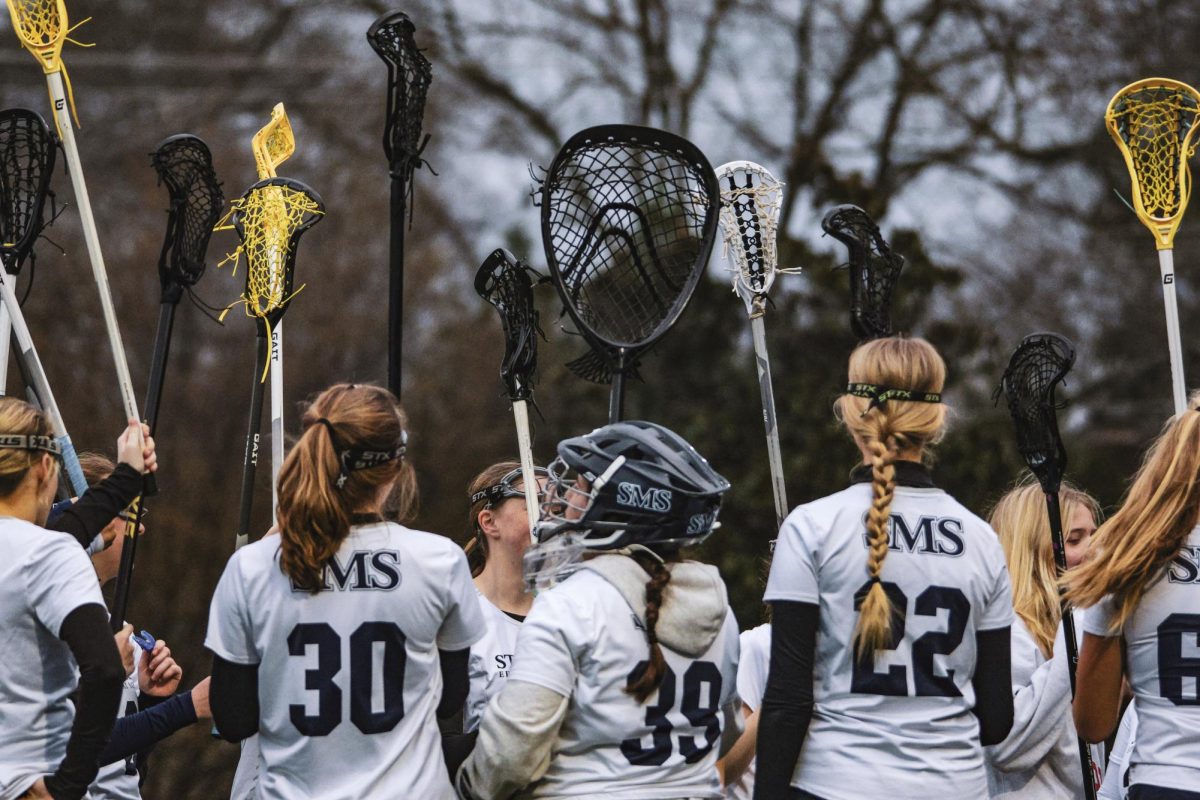



![[GALLERY] Walking in (Downtown) Memphis](https://stmarystatler.org/wp-content/uploads/2024/04/E1DAD3FE-E2CE-486F-8D1D-33D687B1613F_1_105_c.jpeg)
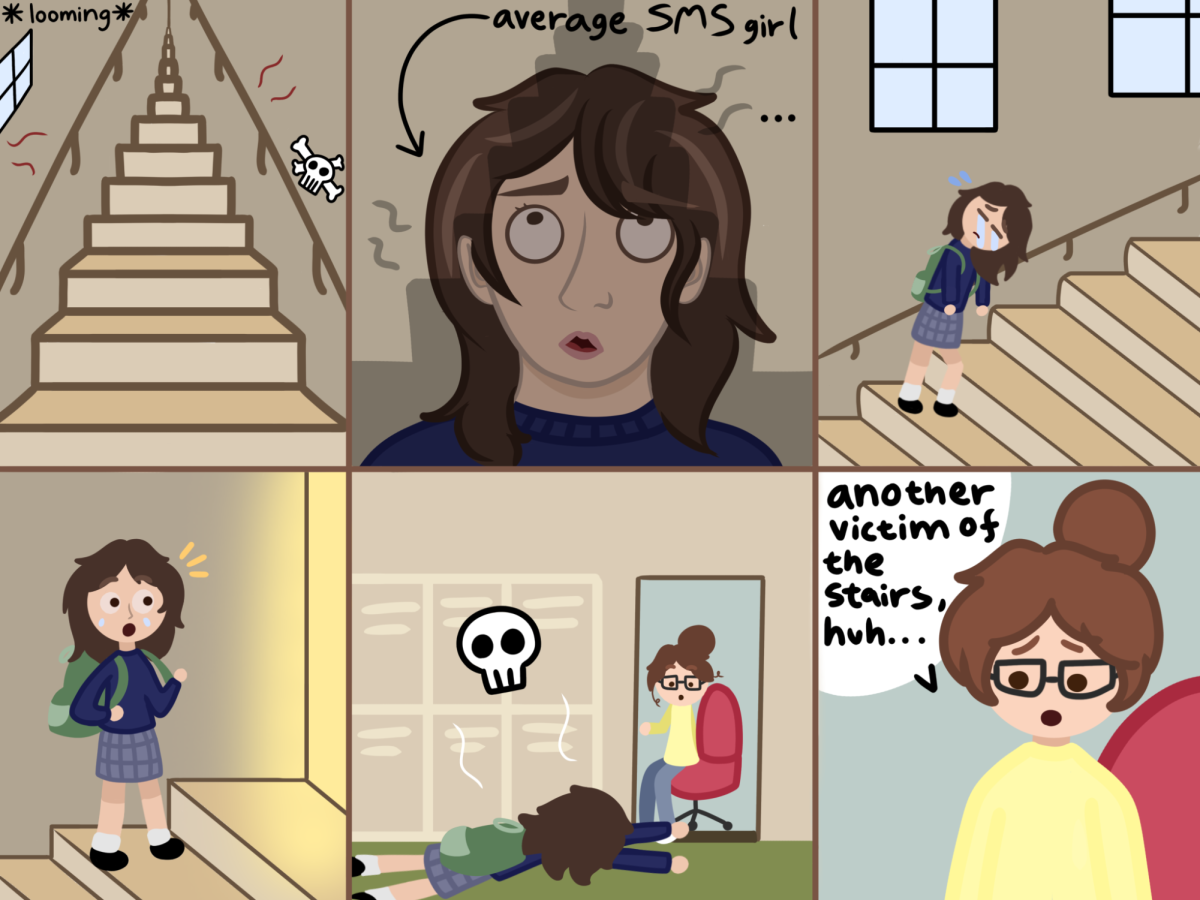








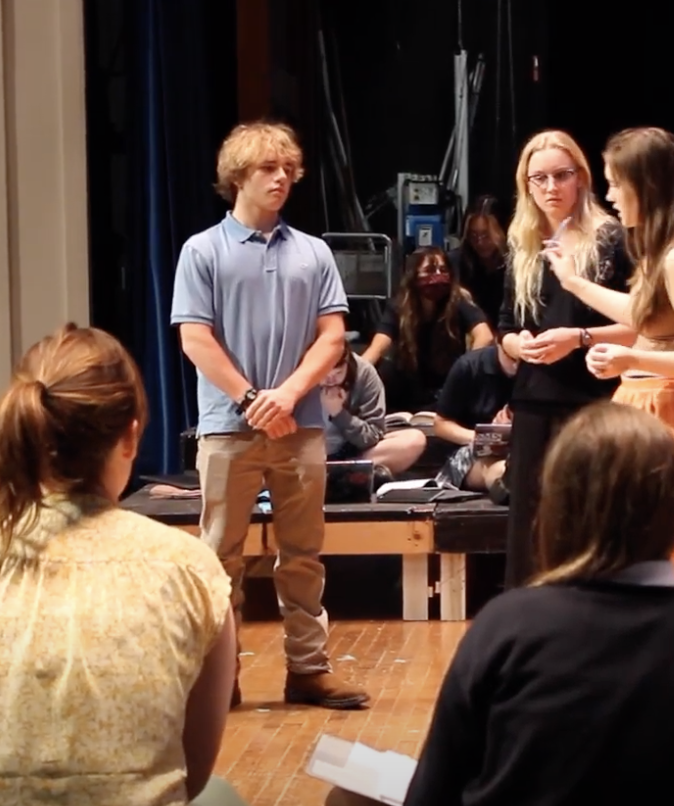





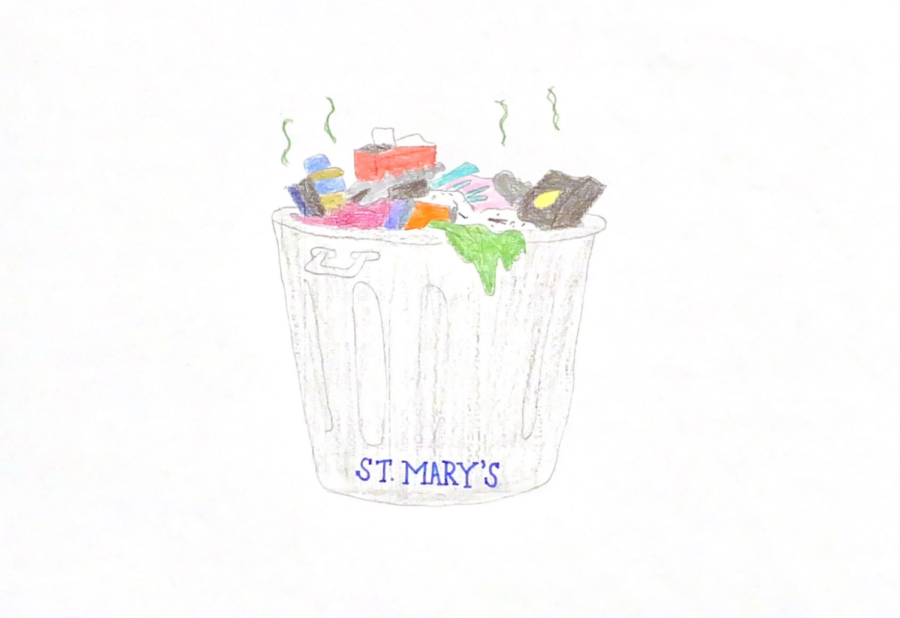

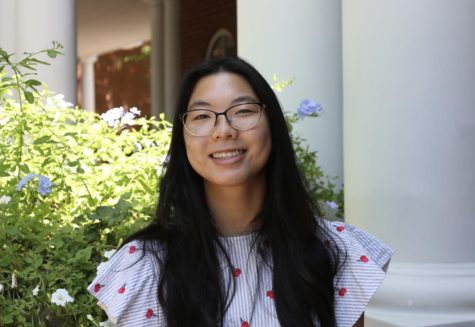
Karnes • Nov 2, 2022 at 11:51 am
Ella Curlin is so cool. I love Ella Curlin. This is Karnes- I love Ella.
Also really nice article- super interesting!
Hayden • Nov 2, 2022 at 11:03 am
I’ve been anticipating this article for a while! Ella, you did a great job giving us incite on the different operations behind this dilemma that I think a lot of us have noticed in our own cafeteria. Naisha Gaur supremacy!!!!!